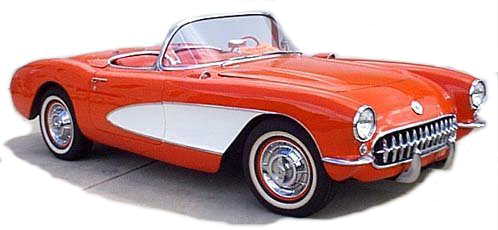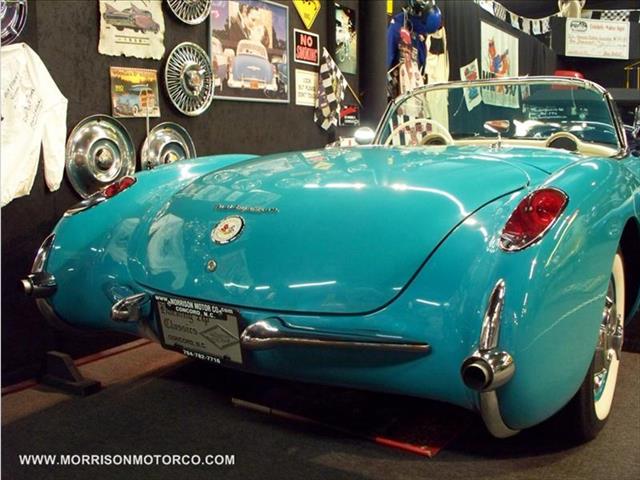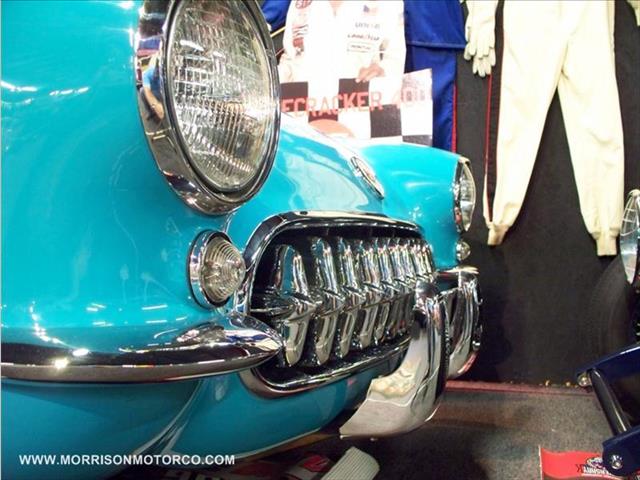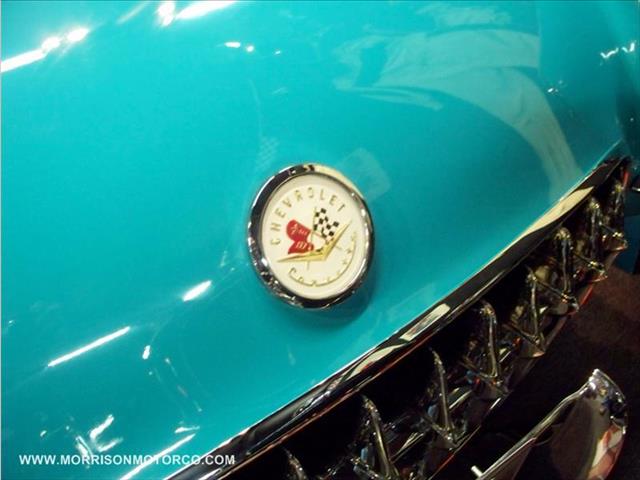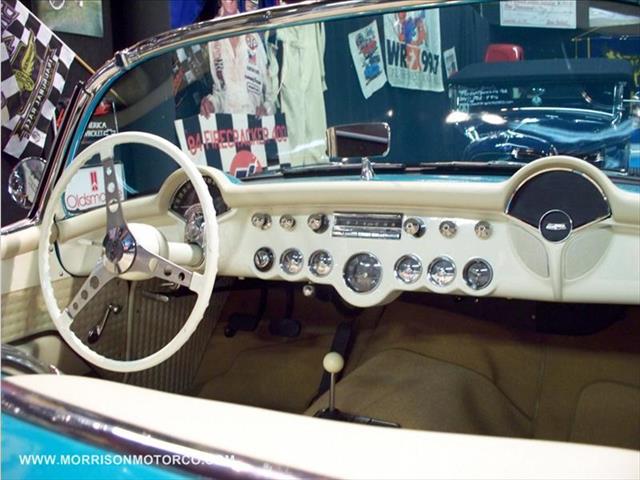All of this is by way of preparation for yet another case of things
not being exactly what they seem. The subject of this test, the Fiat
124S, is not a 124 sedan face-lifted for 1970 but rather a separate
model which has been in existence all along. Fiat builds an enormous
selection of cars, most of which are not imported into the U.S. and
consequently unknown in this part of the world. The 124S is one of
these, along with two larger sedans, the 125 and the 130, and a pair of
$6000 Dino sports cars.

To be realistic the 124S is very similar to the 124 sedan that has been available here since 1967, but there are some important differences which make this new sedan a very considerable automobile in this time of strong competition in the small car market. Visually both cars are similar—for the most obvious of reasons. Both use the same body. Most of the mechanicals—suspension, brakes, and the layout of the drivetrain—have not been changed either. But that doesn't matter because they were all pretty well good enough before. The things that count, like the engine, have been helped in no uncertain terms. Fiats are noted for their small engines. small even for small cars, and the yawning deficiency in the 124 sedan was its tiny 1197cc engine. It had good performance for its size but it was short on flexibility and wasn't really happy unless it was being revved and shifted with the kind of vigor that most economy-car buyers, by definition, don't have. Enter the 124S—a real big-bore Fiat with all of 1438cc to propel it. Besides the big engine you get Pirelli Cinturato 155 SR 13 tires, four headlights, more comfortable seats and a very attractively restyled instrument panel. You get all of this for $2015, up $50 from the old 124. Competition is extremely tough in this market segment and $100 either way on the price puts you up against an entirely different group of cars. The toughest of this Fiat's competitors should be the $1995-plus-everything Maverick and the $2035-Datsun PL510 4-door. When Toyota finally gets its Corona Mark 11 into the dealers' showrooms it should fall into this area too, as would the 4-door 1204 Simca if Chrysler could get the world to take notice of it.
Our love affair with Fiat's delightful 124 sports cars still rages on but we find the sedan's appeal to be far different from that of the sports cars with the same number designation. The sedan has its priorities straight in that it's practical first and fun only if you take pleasure in well-executed function. In fact, that should be the definition of an efficient economy car. It's precise in its operation like the sports cars but it lacks their highly refined personality.
Read more: http://ivicars.com/fiat/1970-fiat-124-review.html

To be realistic the 124S is very similar to the 124 sedan that has been available here since 1967, but there are some important differences which make this new sedan a very considerable automobile in this time of strong competition in the small car market. Visually both cars are similar—for the most obvious of reasons. Both use the same body. Most of the mechanicals—suspension, brakes, and the layout of the drivetrain—have not been changed either. But that doesn't matter because they were all pretty well good enough before. The things that count, like the engine, have been helped in no uncertain terms. Fiats are noted for their small engines. small even for small cars, and the yawning deficiency in the 124 sedan was its tiny 1197cc engine. It had good performance for its size but it was short on flexibility and wasn't really happy unless it was being revved and shifted with the kind of vigor that most economy-car buyers, by definition, don't have. Enter the 124S—a real big-bore Fiat with all of 1438cc to propel it. Besides the big engine you get Pirelli Cinturato 155 SR 13 tires, four headlights, more comfortable seats and a very attractively restyled instrument panel. You get all of this for $2015, up $50 from the old 124. Competition is extremely tough in this market segment and $100 either way on the price puts you up against an entirely different group of cars. The toughest of this Fiat's competitors should be the $1995-plus-everything Maverick and the $2035-Datsun PL510 4-door. When Toyota finally gets its Corona Mark 11 into the dealers' showrooms it should fall into this area too, as would the 4-door 1204 Simca if Chrysler could get the world to take notice of it.
Our love affair with Fiat's delightful 124 sports cars still rages on but we find the sedan's appeal to be far different from that of the sports cars with the same number designation. The sedan has its priorities straight in that it's practical first and fun only if you take pleasure in well-executed function. In fact, that should be the definition of an efficient economy car. It's precise in its operation like the sports cars but it lacks their highly refined personality.
Read more: http://ivicars.com/fiat/1970-fiat-124-review.html





